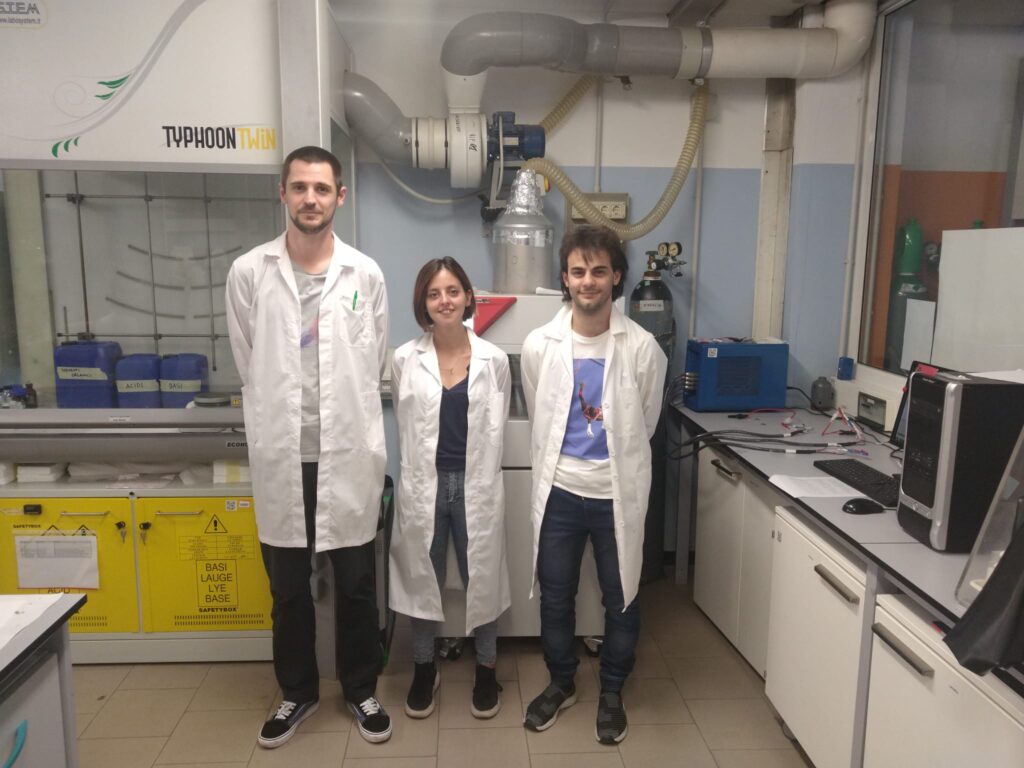SENSIBAT sensors will make it possible to follow chemical and electrochemical reactions “in vivo” – directly inside a battery cell during operation. Based on advanced sensing technologies, built into the battery cells, one has a much better ability to track the exact state of the battery and detect dysfunctional components, compared to outside sensing devices. With Sensibat devices the aim is to provide a more accurate control and diagnose early stages of battery failure, thermal runaway, and unwanted side reactions leading to early ageing.
Even the best battery will eventually fail. Electrolyte degradation, dendritic growth, metal dissolution, and changes in materials structure degenerate the battery over time. External factors such as extreme temperatures, mechanical stress, excessive power during operation also acts detrimentally on battery performance. New ways need to be found to increase safety and lifetime particularly in critical applications. Sensibat, led by Ikerlan in Spain, is one of the projects within Battery 2030+. The project incorporates smart sensing functionalities into battery cells with the goals of improving battery control, increasing lifetime, lowering the cost per kWh stored, and reduce the environmental footprint.

“Improved understanding about the nature and timing of internal battery processes enables faster and more accurate control of the individual cells in a battery system during operation. These functions will be included in the BMS”, says Dr. Mattin Lucu, project leader, Sensibat.
Sensors that can measure multiple parameters at various locations within a cell are of special interest. The developed integrated sensors will be able to measure the temperature and pressure at different locations inside the battery cells. Additionally, they will provide information about the impedance of the different components of the cells (cathode and anode) at different frequencies, via Electrochemical Impedance Spectroscopy (EIS). Sensibat’s technology will be developed for Li NMC battery types but can further on be transferred to serve other battery chemistry types.
Together with Instabat and Spartacus, the Sensibat project directly contributes to the Battery2030+ goals oriented to integrate smart functionalities in batteries. The developed sensing technologies could trigger self-healing mechanisms developed in the Bat4ever and Hidden projects. Additionally, the data provided by internal sensors could be systematically exploited to increase the understanding on different interfaces inside the cell (BIG project) and feed the AI models used for material discovery in the Material Acceleration Platform (MAP project).
The Sensibat project aims to
Develop required battery cell sensor technology.Integrate it into 1Ah and 5Ah pouch battery cells.Incorporate the 5 Ah cells in a 24V battery module with BMS.Utilise the data to develop state estimation functions. Several state (SOC/SOH/SOE/SOP) estimation algorithms will be improved, better forecasting algorithms and novel safety concepts (SOS) will be created.Cost-benefit analysis for the batteries with sensors as well as a recycling study of the cells.
Eva Regårdh
